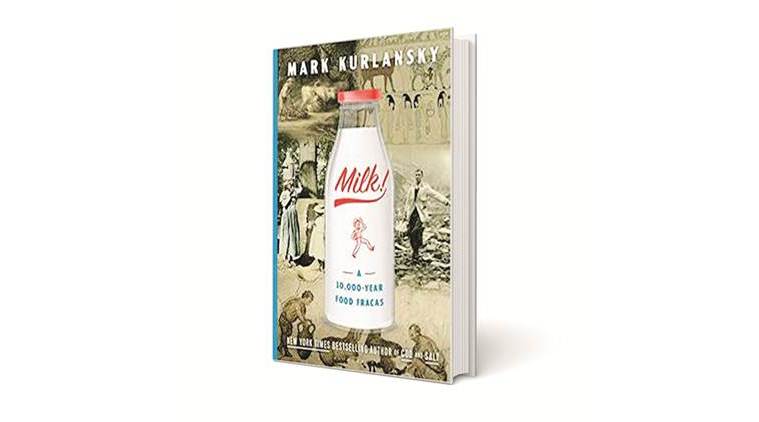Tip for reading list: How milk shaped human history
Milk! A 10,000-Year Food Fracas, by historian Mark Kurlansky, looks at the history of humans’ relationship with milk.
 Milk! A 10,000-Year Food Fracas, by historian Mark Kurlansky
Milk! A 10,000-Year Food Fracas, by historian Mark Kurlansky
MOTHER’S MILK is known to be best, but it is the milk of other mammals that humans have cultivated for more than 10,000 years. The milk of domesticated animals was originally used as a source of products such as cheese or yoghurt, because humans could not digest lactose in those days — many still cannot — but as more and more humans evolved to become lactose-tolerant, they began to drink other mammals’ milk itself.
Milk! A 10,000-Year Food Fracas, by historian Mark Kurlansky, looks at the history of humans’ relationship with milk. The book can be seen, as The New York Times observes in its review, as “nothing less than an attempt to tell the history of the world via what is, let’s face it, a bodily fluid”. Kurlansky has written similar accounts of history in his earlier books Cod, Salt and Paper.
Milk! traces the liquid’s history from antiquity to the present, and details its role in cultural evolution, religion, nutrition, politics, and economics. It starts with the ancient Greeks, who believed the goddess Hera’s breast milk became the Milky Way galaxy — a word that derives from ‘gala’, meaning milk. It goes on to at the time when families kept dairy cows, before milk went into mass production during the 19th century. This made milk a safety issue, with milk-borne illnesses a common cause of death. Today, “milk is a test case in the most pressing issues in food politics, from industrial farming and animal rights to GMOs, the locavore movement, and advocates for raw milk, who controversially reject pasteurisation”, the publisher’s note points out.
The NYT review describes the book as “often fascinating (‘Thomas Jefferson liked to serve ice cream on sponge cake with a lightly baked meringue on top’), sometimes mundane (‘In addition to milk, cheese and porridge, the Dutch ate huge quantities of butter’) and occasionally weird (‘There are also records of women in the highlands of New Guinea breast-feeding piglets, pre-European Hawaiians breast-feeding puppies, and Guyanese women breast-feeding deer’). The Guardian calls it a “wonderfully wide-ranging study”.
- 01
- 02
- 03
- 04
- 05






































